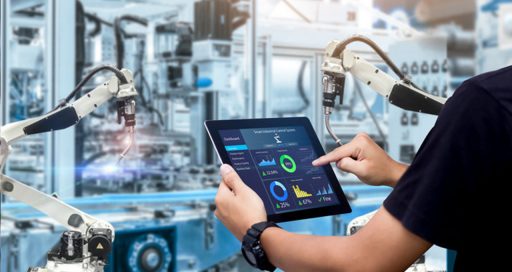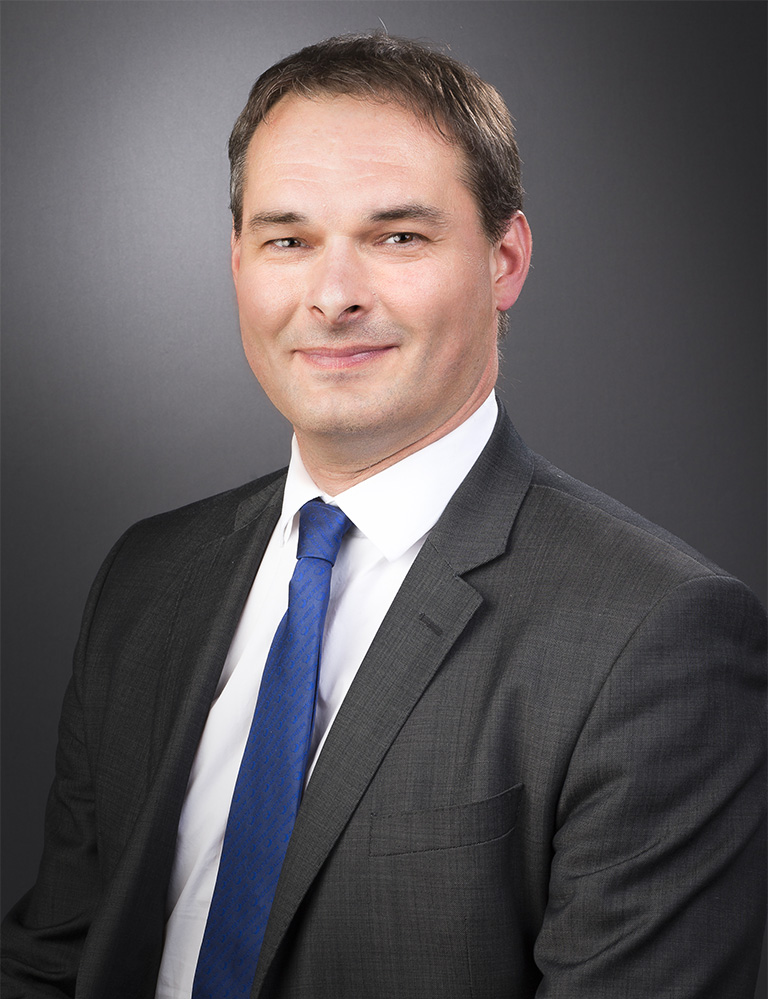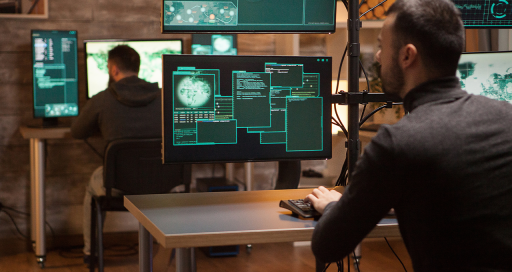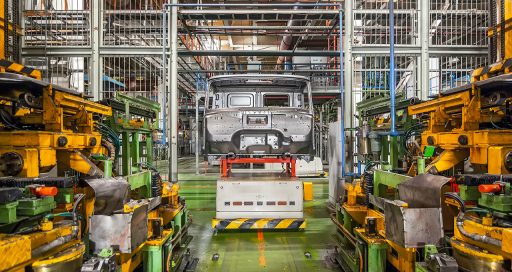Three years ago, the Industry 5.0 concept emerged from the debate around business transformation. It is more an evolution of Industry 4.0 than a revolution, and its watchwords are meaning, sustainability and efficiency.

Industry 4.0 has been a fixture for 20 years now, to the extent that it has become a catch-all concept. Many people are unsure what exactly it involves. Industry 4.0 can be thought of as a toolbox of constantly changing technological building blocks for optimising production processes.
But a new concept has emerged in the last three years, namely Industry 5.0, which is not really a revolution, but more an evolution of Industry 4.0. Its aim is to give meaning to the application of new technologies. It serves as a kind of instruction manual.
The aims of Industry 5.0 were clearly defined by the European Commission, based on three pillars: human focus, sustainability and resilience. Technology must therefore be a means for everyone to enhance their skills, and acquire more autonomy and responsibility for value-added tasks. The benefits of this approach are that it increases employee loyalty and makes industry more attractive to young people.
By also considering the environmental impact of technology, Industry 5.0 addresses the topic of sustainability. Last but not least, by bringing increased flexibility and agility, technologies must also make businesses more resilient and capable of adapting to an increasingly uncertain world.
Identifying use cases
Realistically, a transformation of this nature must be based on solid operational maturity. A range of conditions must be met to allow the rollout of Industry 5.0.
“The transformation heralded by the rise of Industry 5.0 must be based on solid operational maturity”
The first is identification of a use case from consultations in the field. The issues raised often include reduced effectiveness in maintenance operations, material wastage on production lines and problems with quality. For the second and third of these, feedback gathered from operators coupled with analysis of the data will usually yield solutions for improving the situation.
Technology as a means to an end
The second condition relates to the technology itself. The technologies – IoT, 5G, MES (Manufacturing Execution System), data analytics, digital twins, cobots, AGV/AMR (Automated Guided Vehicle, Autonomous Mobile Robot), etc. – are numerous, and all at differing maturity levels. But they should only be recommended where use cases have already been identified and the maturity level of the site concerned is sufficiently high.
For example, the use of virtual reality on a production site requires a highly specific use case to be fully adopted and consequently effective. Similarly, to implement remote maintenance or servicing, the infrastructure needs adequate communications (5G, Wi-Fi, etc.) and the ability to manage cybersecurity risks.
Maturity, mobilisation and adoption
The third success condition for 5.0 concerns the business unit’s operational maturity. There must be a proven process culture where the principles of lean management and lean manufacturing are consistently applied in pursuit of continuous improvement.
The fourth essential element is the availability of project sponsors. Without determined commitment from senior management and designated people tasked with driving forward 5.0 projects within the business, there is a real risk of seeing the transformation fizzle out. It is therefore necessary to mobilise personnel with the ability to visualise the long-term future, well beyond production timescales.
And finally, teams in the field must be sufficiently available and invested in cobuilding and adopting the changes inherent in the transformation to 5.0. The means mobilising a group of employees that represents the departments involved as closely as possible. This transformative approach can only work if the implementation of new technologies is accompanied by rigorous change management.
The complementary nature of the expertise in different VINCI Energies business units enables us to support businesses through the implementation phase of their transformation to 5.0. But this approach will only be sustainable long-term with proper follow-up over time.
01/18/2024



